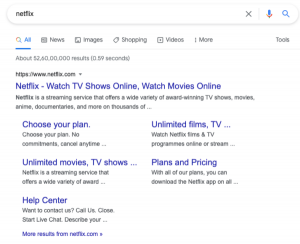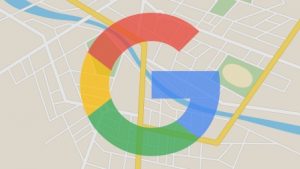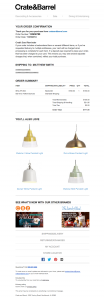Budget rules everything in social media. As an agency, it is also a frustrating aspect when it comes to ad spend. How much do you plough into a client campaign and how do you know if you’re going to get any results at all?
Well, if you do your best work, you should find that Facebook ads can be very powerful and very effective in marketing the brand of your client. It is, however, not always clear how Facebook decides the cost of your ads on the platform.
Sure, you may think you know all there is to know about Facebook ads, but look at the following factors in ad costing. Some of them may surprise you.

Seasons
This may seem pretty obvious, but the time of year does have a huge impact on the cost of ads on Facebook. If it is a time of year that is very busy and crucial for sales, then it stands to reason that ads are going to be more expensive.
There is simply more competition out there and everyone wants to make sure they spend enough to get a cost-effective ad that also markets their message to millions. In fact, they want exactly what you want.
There are many ‘seasons’ now. It only takes a cursory look in shop windows every now and then to spot the latest celebration day. Easter is huge. Christmas is massive. But there are also newer, more small scale celebration days such as Grandparent’s Day. This particular occasion has grown in popularity in recent years. People want to celebrate it.
The best thing to do in circumstances that are seasonal is to prepare for it. Ramp up that budget weeks before the event (even when there is an event seemingly every month) and make sure you can meet the strain on spending.
This is a real and crucial factor in ad spend, so the better your agency is at preparing for your client’s ads, the more likely it is that you’ll have time to celebrate like everyone else.
Ensuring that the ad is meaningful
We don’t mean deep and meaningful, but just that the ad is relevant to an audience. It has to be what they expect to see in their feeds. If this common-sense relevance is there and it’s very obvious to ad viewers, then Facebook will reward you with a lower cost per click.
This is because it knows that you are not spamming these people, and that you are legitimately trying to market products and services to people who will not be put off by an ad that means nothing.
Put it this way, if you sell travel deals for ages 18-30, then displaying your latest ad to people in their 40s is not going to cut it. Even if you achieve some moderate success with the ad, the audience isn’t perfect.

Facebook will effectively penalise your poor judgement by ensuring that ad costs are higher than they should be. Sounds harsh, but you are wasting people’s time here, and it is vital that you bring true relevance to all ads on the platform.
Segmenting
This is nothing new, for anyone really. But segmentation is crucial for lots of reasons, not least the influence it has on your cost per ad placement.
Generally speaking, you should know what the audience is for your client’s ads, and you should be fine-tuning the demographics so that you get the best bang for your buck.
Anyone who uses Facebook for ads for any length of time knows that it is actually one of the most comprehensive platforms when it comes to tweaking demographics. Having the filter in front of you makes great sense and gives the smaller businesses a chance to gain some reach.
Perhaps the most compelling filter is the geographical location. Again, this is about knowing your audience and ascertaining where they are more densely populated. But it isn’t ever as simple as that, and it’s your job to make sure you focus on those other filters that Facebook gives you.
Age is obviously vital if you know how old your audience is or tends to be. Other factors include interests and other, more complex connections such as page-specific following and so on.

How it works is very simple. The more specific your targeting is, the lower the ad cost tends to be. If your agency looks like it is genuinely targeting what is basically a small, minority demographic (such as 30-35 year old truck drivers n Nebraska) you’re not going to be paying a huge amount of money.
And it may be worth considering this. If you can narrow down your niche systematically, you will probably find one that is responsive, and small enough to not attract rivals.
The one thing you can do with you ad spend is monitor it. You know how much money you are spending on ads because the information is there in black and white. But using an understanding of ad spend factors can actually be a very useful way of bringing more value for your client.
If you know that you are going to be spending a lot more around Mother’s Day, for example, make the spending in the weeks before it a little lighter. Trying out some proper segmentation, using information to narrow down into niches means you can work out how to get the best ROI purely on the value of the audience.

It requires some testing, but it is actually a good thing that ads cost more or less for different reasons. And that’s because budget rules everything. Knowing why ads are more expensive in certain situations and less costly in others means that your budget goes even further.
Test the responses you get for ads, and see how prices change and the effect (or lack of) the changes bring. If you work it sensibly enough, you could find yourself avoiding overspending, which gives you more budget to spend when you need to.
Digital & Social Articles on Business 2 Community(54)









